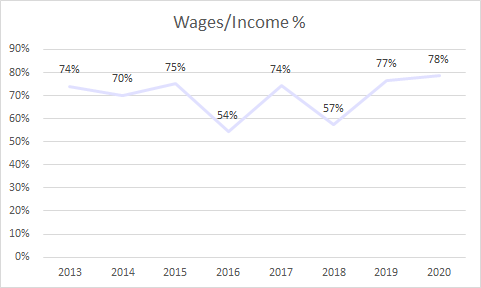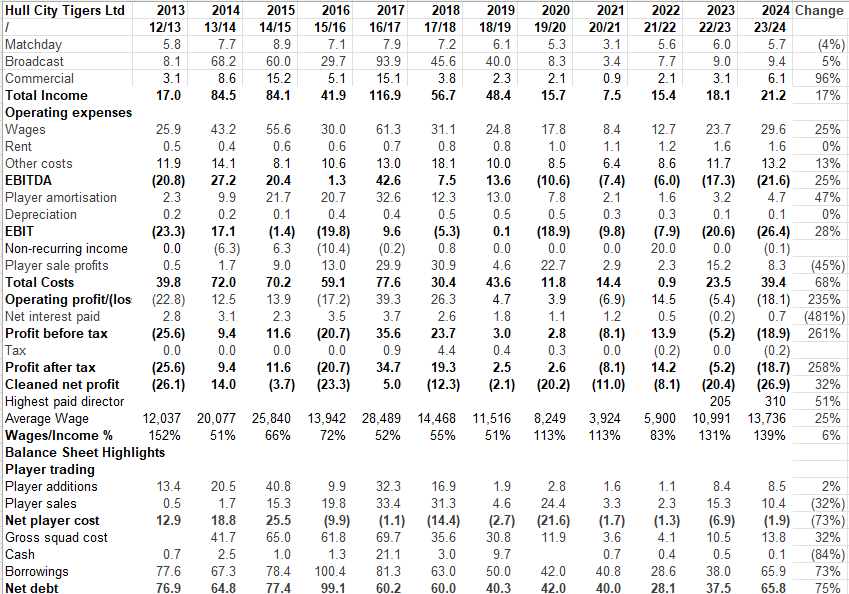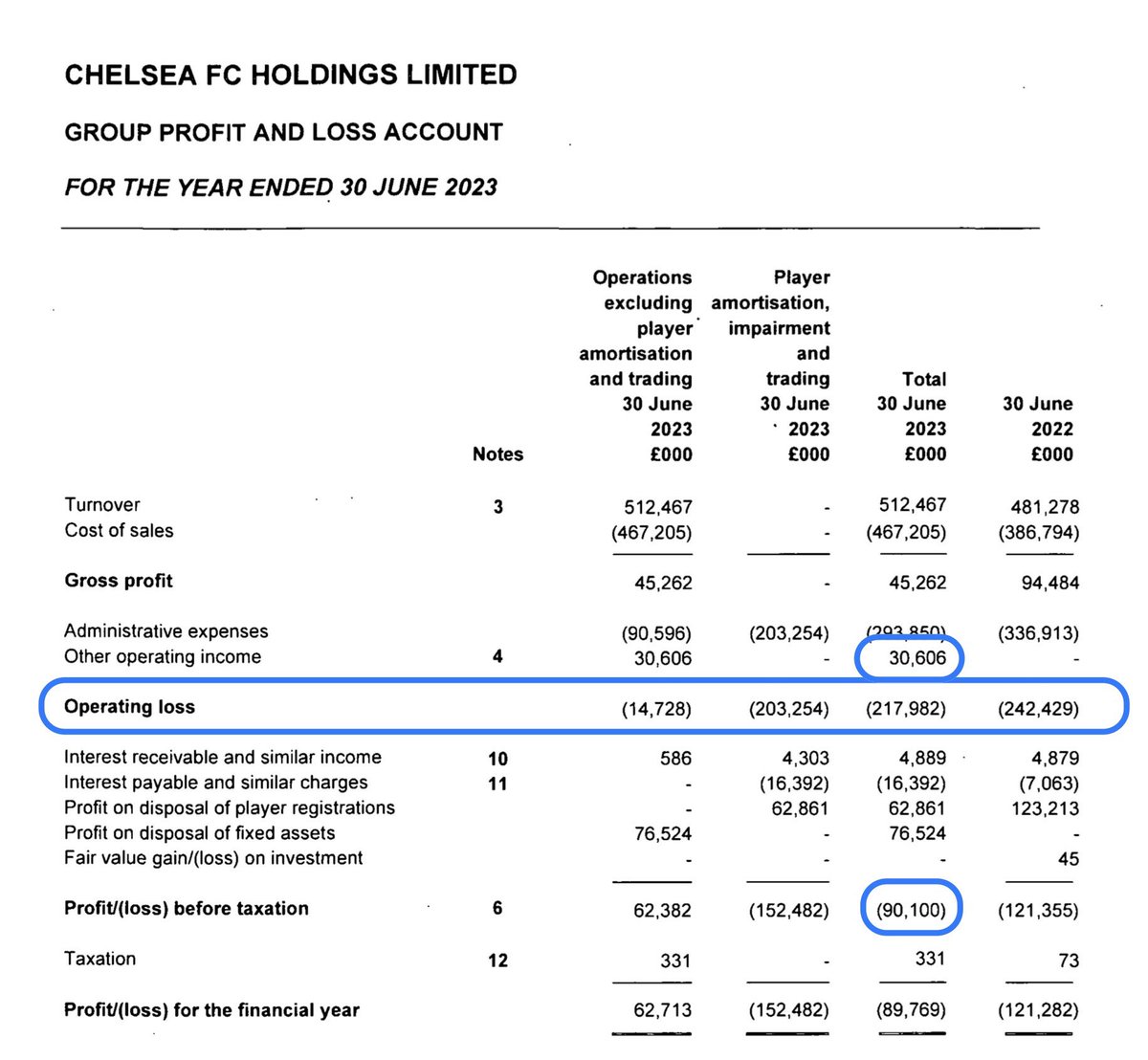Despite Covid Shrewsbury income did not fall in 2019/20 as FA Cup money from Liverpool match helped offset loss of revenue from curtailment of season. #SALOP 

Matchday income similar in 19/20 to previous season despite fewer matches played. Broadcast income up 14% due to some streaming income & live matches on TV. 



Shrewsbury, like many lower league clubs, very dependent upon matchday ticket sales as teams in League One only get 12% of the EFL broadcast deal and solidarity payments. 

Shrewsbury wage bill up 4% although the club did also receive £393k in furlough grants. Shrewsbury paid £78 in wages for every £100 of income. Average weekly wage just under £2k a week. Staff numbers fell from 210 to 167. 





Shrewsbury day to day losses actually fell in 2019/20, but unlike the previous season they did not have large player sale profits. #Salop made a loss after player sales for first time since 2015 





Shrewsbury show that a club can adopt a long term breakeven model and still compete on the pitch as they have made profits over the years of over £13 million. 

Shrewsbury had no debt and over £3m in the bank at end of 19/20, although did take advantage (rightly) of govt pay delay scheme so owed £1/2m in payroll taxes & VAT. 

Spreadsheet summary. #Salop 

• • •
Missing some Tweet in this thread? You can try to
force a refresh







































